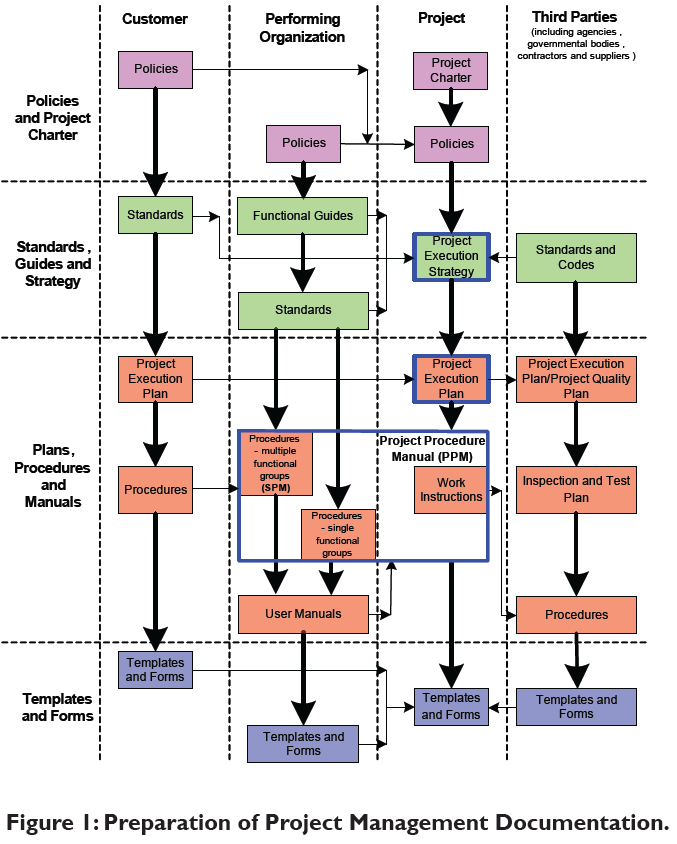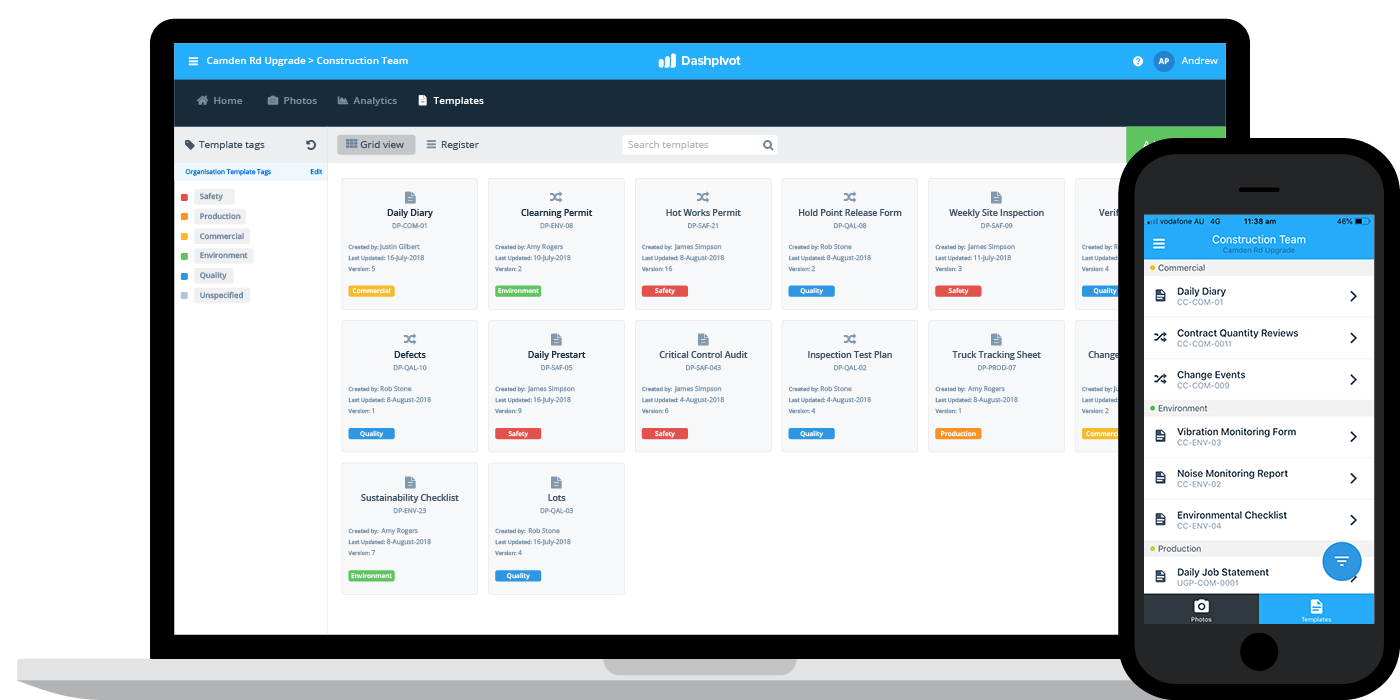Effective Construction Document Management Solutions for Every Project
Wiki Article
Optimizing Project Cooperation: Designer's Best Practices in Building And Construction Paper Administration
In the intricate realm of architectural projects, the efficient administration of building papers stands as a keystone for success. Among this intricacy lies an essential question: exactly how can engineers simplify cooperation procedures to boost task end results?Leveraging Cloud-Based Systems
Leveraging cloud-based systems is a fundamental method for modern-day architects in enhancing building record management processes. By transitioning from conventional paper-based systems to cloud options, engineers can enhance partnership, boost paper access, and boost total task performance. Cloud-based systems supply engineers the capability to store, share, and update construction documents in real-time, making certain that all staff member have access to the most existing details no matter of their area. This availability promotes smooth interaction and coordination amongst job stakeholders, resulting in less errors and hold-ups in the building process.In addition, cloud-based platforms give a safe environment for keeping sensitive project information, providing security, routine back-ups, and customer consent settings to shield data integrity. Engineers can likewise gain from the scalability of cloud remedies, enabling them to adjust storage space ability and functionality based on job demands. In general, leveraging cloud-based systems empowers designers to enhance their construction record administration procedures, driving greater partnership, efficiency, and success in their jobs.
Carrying Out Variation Control Solution
Having developed the benefits of cloud-based platforms in building document management, architects can currently enhance their paper control procedures by carrying out Version Control Solution. Variation Control Equipment (VCS) are important devices that track modifications in papers, making certain that staff member are constantly functioning with the most up to date and most accurate information. By implementing VCS, architects can maintain a centralized repository where all task papers are stored, allowing seamless collaboration while reducing the risk of errors and variation disputes.This function is specifically useful in construction jobs where layout versions and adjustments are common. This openness not just enhances liability but likewise helps in solving disputes or discrepancies that might arise during the task lifecycle.
Establishing Communication Methods
To guarantee reliable and effective job coordination, designers need to establish clear and robust communication methods within their construction file monitoring processes. Interaction methods specify the methods, frequency, and networks whereby team participants exchange info, updates, and comments. One essential element of establishing these procedures is determining a central interaction platform where all project-related discussions and document sharing can occur. This system can be a job monitoring software program, e-mail strings, or cloud-based storage solutions. By setting standards on how information is distributed and exactly how employee interact with each other, designers can enhance the flow of information and protect against miscommunications or delays in the building process.Additionally, communication protocols should additionally consist of guidelines on how to take care of problems, modification orders, and urgent issues that might develop during the task lifecycle. Developing a structured strategy to interaction guarantees that all stakeholders are on the very same page, promotes openness, and eventually adds to the effective completion of the building informative post and construction task.
Using BIM Software Program for Control
BIM software application plays a critical duty in improving coordination amongst project employee in the building and construction industry. Structure Information Modeling (BIM) promotes partnership by giving a centralized system where architects, designers, professionals, and various other stakeholders can collaborate in a coordinated fashion. Through BIM software application, task participants can access and upgrade a shared design which contains comprehensive details about the structure layout, construction elements, and task schedules.
In addition, BIM software application enables real-time collaboration and interaction among group members, regardless of their physical location. With cloud-based BIM platforms, task stakeholders can access the current task info, track changes, and make educated decisions promptly. On the whole, leveraging BIM software application for coordination improves project effectiveness, productivity, and eventually results in effective project results.
Ensuring Data Protection and Compliance
In the world of building and construction file monitoring, safeguarding information integrity and making sure governing compliance are vital factors to consider for architects and various other job stakeholders. Architects need to apply robust safety and security actions to protect sensitive job details linked here from unapproved access or violations. Utilizing protected cloud storage space services with file encryption protocols and gain access to controls can assist reduce risks related to data burglary or loss. Frequently upgrading software application and systems, performing safety audits, and providing personnel training on data safety finest methods are crucial actions in maintaining a secure environment for construction file management.
Verdict
Finally, designers can optimize job collaboration in building record administration by leveraging cloud-based systems, implementing version control systems, developing communication procedures, making use of BIM software for sychronisation, and making certain data safety and conformity. These finest techniques help enhance the building and construction process, boost communication among task stakeholders, and enhance effectiveness in task distribution. By following these guidelines, designers can successfully take care of building and construction documents and assist in effective task end results.Through BIM software, job participants can access and upgrade a common version that has detailed information about the building design, construction elements, and job routines.
With cloud-based BIM systems, job stakeholders can access the most current task details, track adjustments, and make notified choices immediately - construction document management. On the whole, leveraging BIM software program for sychronisation improves job effectiveness, efficiency, and eventually leads to successful project outcomes
In conclusion, architects can maximize task partnership in building file administration by leveraging cloud-based platforms, executing version control systems, establishing interaction methods, using BIM software application for coordination, and ensuring information safety and conformity. These best practices help enhance the building process, improve communication amongst task stakeholders, and improve efficiency in task distribution.
Report this wiki page